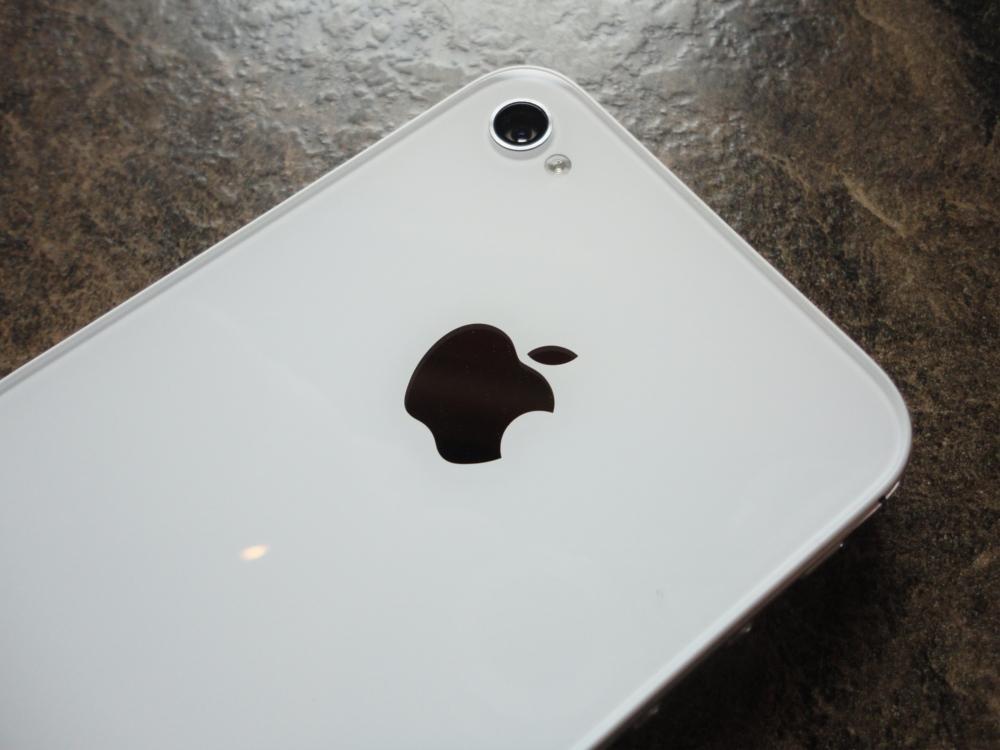
Over the past two years, cell phones have changed internally quite a bit. Much of the focus has been on speed and performance, thus we have seen more RAM, multi-core processors and more capable wireless radios, all packed neatly into slimmer, neater packages. But innovation at this rate can only go on so long. Differences in performance between devices will eventually become negligible and attention will be shifted to another area. Battery technology could definitely use some improving, but we're desperately waiting for a major breakthrough. Until that happens, batteries will only be an afterthought.
One area that has been slowly improving over time is mobile camera technology. Just three years ago, my BlackBerry with a fixed-lens 5-megapixel camera was seriously hot stuff. Looking back, that camera was a joke. Since then, OEMs have been spec-boosting their cameras. I cannot begin to tell you how many times I have had to type, "... it comes with an 8-megapixel shooter capable of 1080p video recording at 30fps."
But a lot of this is just marketing. Contrary to popular belief, slapping a few extra megapixels on a label doesn't make a camera "better." In fact, without the appropriate improvements, like a half-decent lens, it will likely make the camera worse. A little extra effort and a decent lens can go a long way.
A perfect example of this is shown by the iPhone 4. At 5-megapixels and 720p video recording, the iPhone 4 is one of the most popular cameras in the world. Portability and the need to always have it with you being its largest advantage, it has become the most popular camera used on Flickr by a wide margin, out gunning many SLRs.
(This is a picture I took with my iPhone 4S earlier this week. Click for full-res.)
Apple followed-up their popular camera phone with the iPhone 4S, which touts an 8-megapixel camera with 1080p video recording (add one to the tally). Not only did they improve the maximum resolution of stills and video recording, they also added a five-component lens that is much more sensitive to light. Some of the sample photos and videos taken with the 4S while going head-to-head with a Canon 5D MKII just goes to show how a little extra effort can go a long way. The SLR obviously has a lot more flexibility while capturing video and stills, and even after the fact, while editing. But pound for pound, the iPhone 4S holds its own ... and then some. It's not exactly easy to stuff an SLR into the pocket of your jeans.
A testament to the excellent pair of iPhone cameras is how many professionals are using it for those pinch moments. Coming from our own Today's iPhone, Jake Rosati explains how Seamus McGarvey, the director of photography for the upcoming film, The Avengers, decided to use an iPhone for some of the shots that made it into the film and trailer. The Avengers certainly won't be the first movie with parts recorded using an iPhone, and it won't be the last. As mobile cameras become more advanced, they will garner the attention of more movie producers, whether it be for the publicity ("I have to go see that movie that was recorded with an iPhone") or to tighten up the budget.
Rest assured, other companies aren't going to let Apple steal all the glory. Microsoft has vowed to make Windows Phone the best camera you will ever own. Using minimum hardware requirements, they could force OEMs to use more appropriate lenses. And with heavy-hitters Nokia on their side, I'm sure we will see some impressive cameras from the Windows Phone camp in the not too distant future.
And what about Android? Romain Guy of Google shows us exactly what the Galaxy Nexus' 5-megapixel camera is capable of with his Rockaway Beach sample video, which was shown off at the Ice Cream Sandwich event on Tuesday night. This, too, is a perfect example of how a cell phone camera can produce some truly amazing work.
That said, Android OEMs, even Samsung, have some ground to cover. But when Microsoft and Apple really get the ball rolling, I'm sure HTC, Motorola, Samsung and friends will all start fitting their phones with more advanced cameras, too.